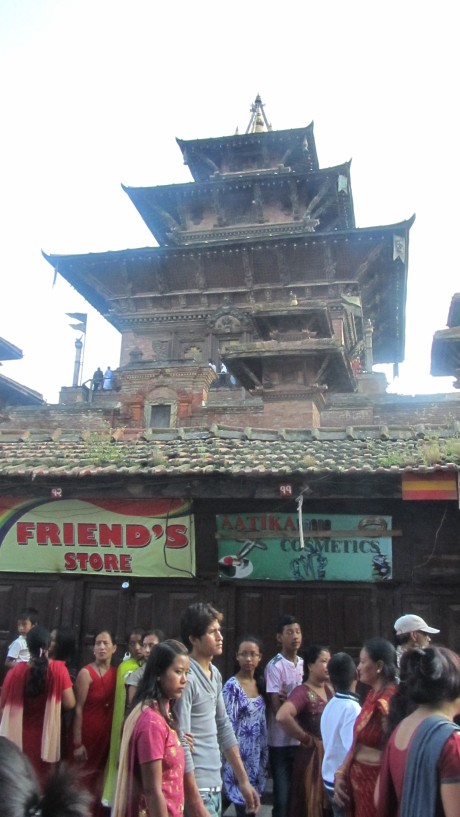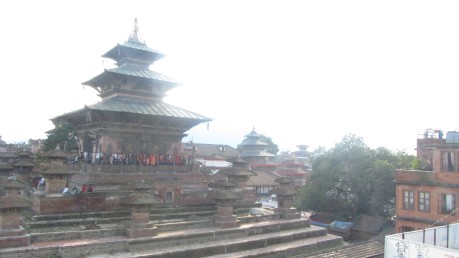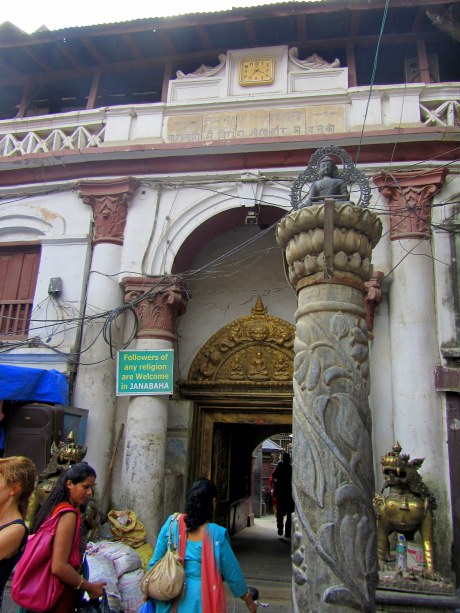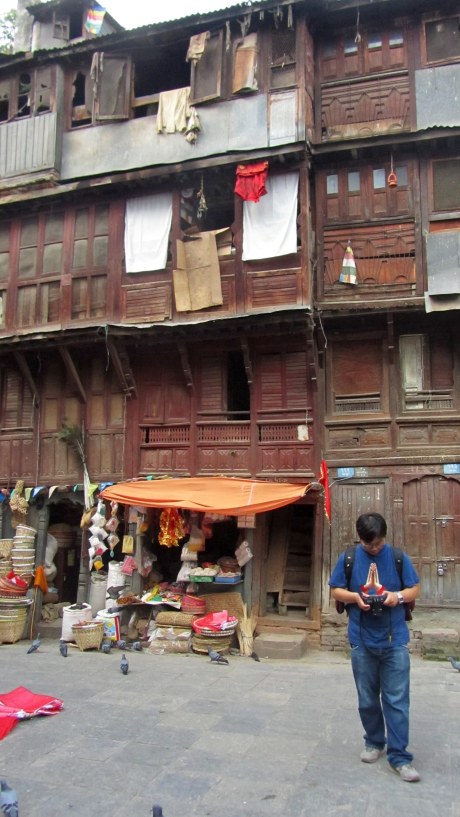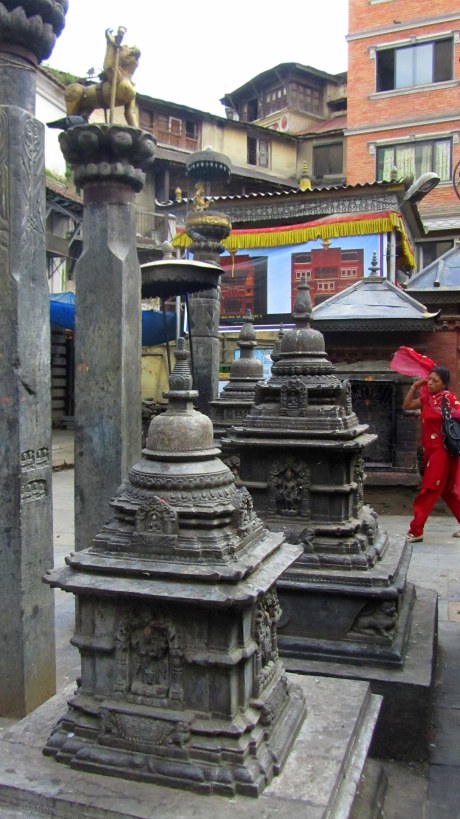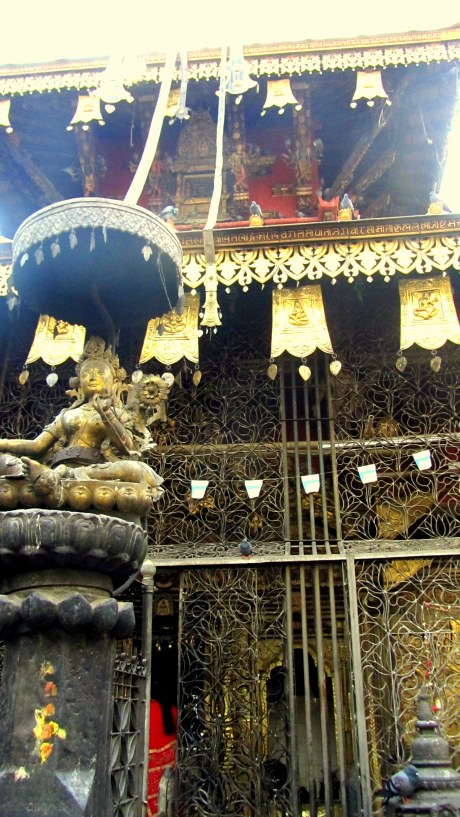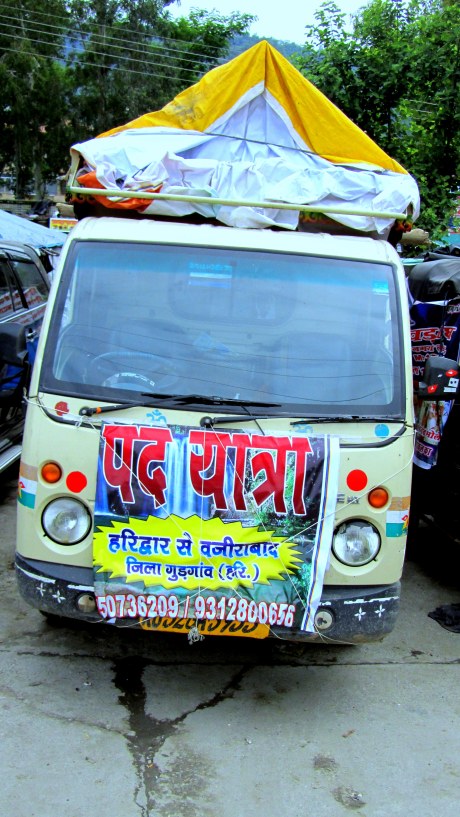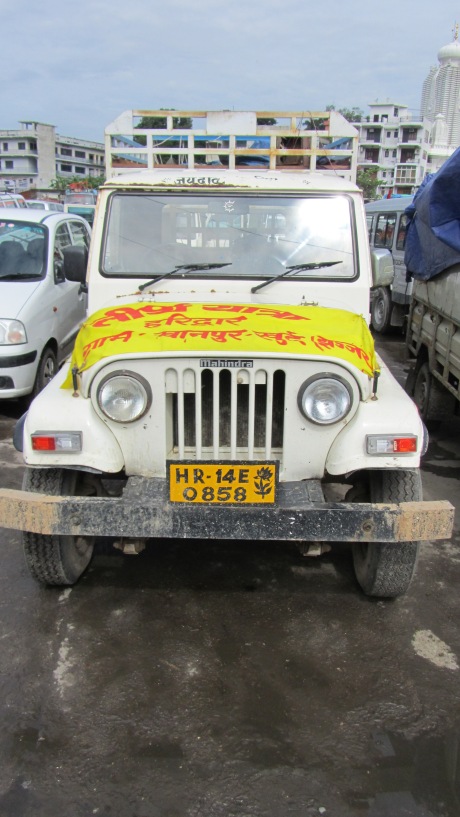Every year, thousands of followers of Lord Shiva come to participate in the epic Bol-bum pilgrimage, also known as “Kanwar”. Kanwars are community pilgrimages and are organized by village, municipal and neighborhood committees. The focal point of the pilgrimage is the bustling riverside town of Rishikesh and Haridwar. When the Kanwariyas arrive at Haridwar or Rishikesh in the state of Uttarakhand in the monsoon month of Shhrawan, they take part in ritual bathing on the banks (ghat) of the Ganga river. The Kanwars adopt the uniform of the Bol-Bum: saffron colored robes or shorts and T shirts. The pilgrimage revolves around the urns which they fill with Gangajal or the holy water from the Ganga river. Then they walk bare foot to the Shiva temple of Nil Kanth which is some 22 km from Rishikesh or 57 km from Haridwar. It is there that they pour the Gangajal on a statue of Lord Shiva. Then they return to Brahma Kunda at Hari-ki-Pairi (literally “footsteps of the lord”) in Haridwar and again collect Gangajal and make the long return trip home, often times on foot that can last several weeks, to a Shivalaya (a temple of Lord Shiva) near their home town. This rite is performed in their home towns once again where they pour the Gangajal on their local statue of Lord Shiva, then the pilgrimage of the kanwariyas comes to an end.
At the center of the fanfare is Rishikesh. Rishikesh can be divided into two parts: Ram Jhula and Laxman Jhula. Jhula, or “swing”, is a local colloquial term for a suspension bridge. The two suspensions bridges in Rishikesh are bustling with activities during the monsoon festivities. Legions of devotees come to find their place in the fabric of faith in India. The electric fervor brought by the pilgrims energizes the otherwise wet atmosphere and the multitude of saffron robes warms up the frigid, rainy day on the banks of the Ganga river.

Ram Jhula as Seen from the East Bank of Ganga River

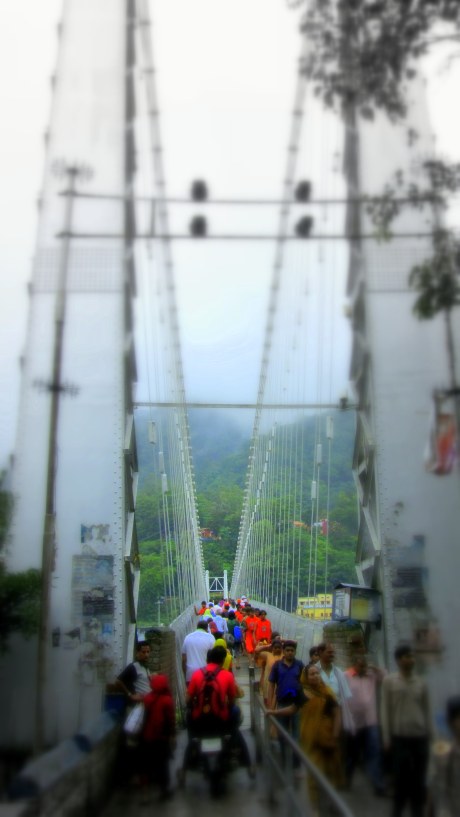
A Bustling Crowd of Kanwariyas on Laxman Jhula

Kanwariyas from Hissar District, Haryana on Ram Jhula as they Marvel at the Breadth and Beauty of their much beloved Ganga River
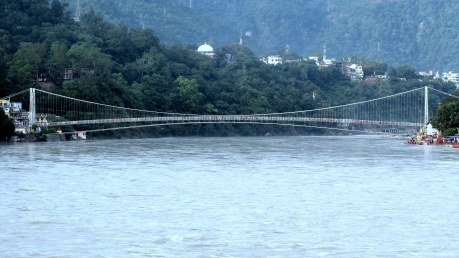
Ram Jhula

A Man Rests near the Ganga River as he Enjoys a Quaint View of Ram Jhula

The Much Revered Ashram of Geeta Bhawan and Ram Jhula as Seen from Muni-ki-Reti, the Main Avenue of Rishikesh (which Runs Parallel to the Ganga River)

The Ganga River Roars Ahead after Passing through Ram Jhula in Rishikesh

Mist sweeps through the Ganga River as seen from Kailash Gate, Muni-ki-Reti at Dusk
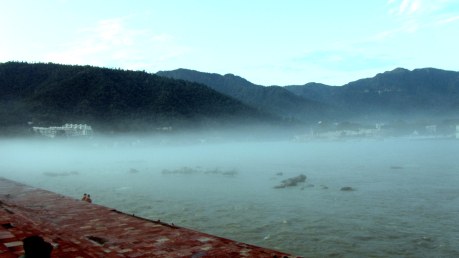

A Group of Farmers from Palwal District, Haryana on the Banks of the Ganga River Have a Rendezvous with Ganga Mata
